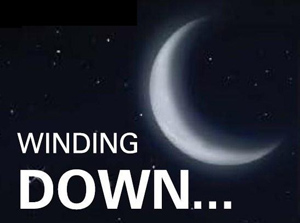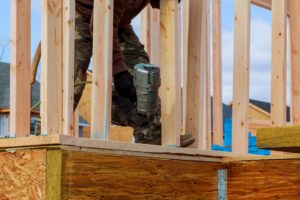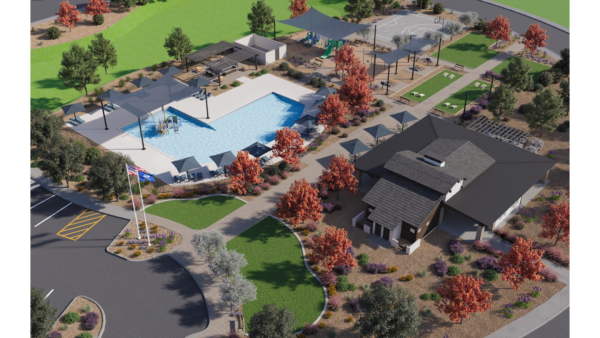 The Monday Morning Quarterback /A quick analysis of important economic data released over the past week
The Monday Morning Quarterback /A quick analysis of important economic data released over the past week
As 2015 winds down, we took a look back at what the year produced. The oft-repeated phrase, “the economy grows, but slowly by historic standards”, has become our new reality. This is especially true in Arizona. We have been so affected by the slowdown in movement between states that has taken place nationally. Not only are we not achieving the volume of people who would normally move here, but, the loss of the demand for goods and services by those people means we also lose the ripple effect of those people.
Simply, the unemployment rate is not nearly as low as normal for this point in the cycle in Arizona and the number of jobs being created is not nearly as rapid. Thus, there is less need for people who are looking for a job to move here. It is an interactive process. The slower population growth has slowed the absorption of excess commercial real estate space, which, in turn, lessens the need for more space and, therefore, slows construction employment growth. In fact, the lack of a meaningful recovery in construction employment is one of the major reasons employment growth overall has been so anemic by historic standards.
While the post-2007 world in Arizona has a different reality from the pre-2007 world, 2016 should continue the improvement. In fact, Greater Phoenix has finally recovered all of the jobs lost in the Great Recession and is now in an employment expansion. That’s more than can be said for the rest of the state that has a way to go to recover the lost jobs.
The good news is that construction should pick up over the next couple of years, especially in housing and office. This, on top of everything else going on, should help the recovery in construction employment.
As for the Feds actions, it should be viewed as a vote of confidence that the economy is finally, after more than 7 years, strong enough to start the process of normalizing interest rates that have been held artificially low. That’s good news.
Arizona Snapshot:
Employment year-to-date in the state now stands 2.4% above the same time period a year ago (November data). The state has added 65,400 jobs over the past year and employment now stands at 2,698,000.
The unemployment rate is now 5.8% and the state ranks 12th out of the 50 states in job creation for the first 11 months of the year (see chart below).
Greater Phoenix employment through November is up 52,300 jobs or 2.8% compared to the first 11 months of last year. Greater Phoenix has now regained over 100% of the jobs lost in the Great Recession. The unemployment rate for the Greater Phoenix area is now 5.0%.
Greater Tucson has gained 4,700 jobs in the first 11 months of the year, a 1.3% gain. Tucson has regained 74% of the jobs lost in the Great Recession.
According to R.L. Brown, November saw 1,076 new housing permits in the Greater Phoenix area. This is a gain of almost 76% over a year ago. For the first 11 months of the year, permits are up 48.3%. R.L. stated “Metro Phoenix appears to be on a roll and the housing industry is feeling almost euphoric”.
The Greater Phoenix numbers are in sharp contrast to what’s going on in Greater Tucson. Single-family permits in November were down 5% from a year ago. Year to date, the Southern Arizona market is down 1.2%.
The percent of homes with mortgages that are under water continues to drop in Greater Phoenix. The number has dropped to 14.2% in the third quarter compared to 19.3% a year ago and 41.1% in the third quarter of 2012. On the other hand, the percent of homes with mortgages that are underequitied remains at 22.0% as of the third quarter of 2015. This is the same level as a year ago.
U.S. Snapshot:
Leading indicators continue to rise. This suggests that, although the six month growth rate of the leading indicators has moderated, the economic outlook for the final quarter of this year (and into the new year) remains positive.
The consumer price index for all urban consumers was unchanged in November on a seasonally adjusted basis. Compared to a year ago, the index is up 0.4%. All items less food and energy was up 0.2% for the month and now stands 2.0% over a year ago.
Industrial production declined 0.6% in November after a decline of 0.4% in October. Industrial production now stands 1.2% lower than a year ago.
The capacity utilization rate stood at 77.0 in November compared to 77.5 in October and 79.0 a year ago. This is well below the level that usually spurs significant new construction in plant.
Total privately owned housing units authorized by building permits rose 19.5% compared to a year earlier in November. Single family permits rose 9.0% over a year ago in November.
According to CoreLogic, the number of homes under water (negative equity) dropped to 8.1% in the third quarter compared to 8.7% in the second quarter and 10.4% a year ago. While 4.1 million homes with mortgages are still under water, this is an improvement. In addition, the percent of homes with mortgages that were underequited (less than 20% equity dropped to 17.6% compared to 18.0% in the second quarter and 19.3% a year ago.












